The Jaguar XJ has personified stylish, luxurious comfort with usable everyday performance for five generations over 51 years. But we’re focusing our spotlight on the X350 generation (2003-09) this week, the last of the retro-focused cars before the more modern, Ian Callum-designed XJ (X351) arrived. Don’t be fooled by its traditional looks, though: this car broke new ground.
The X350 had an aluminium chassis and body constructed using an aerospace method known as rivet-bonding, which was a first for the car industry. What resulted was a body that was 40% lighter and 50% stiffer than the previous, X308 model’s.
Another key draw for the X350 XJ was its electronically controlled, self-levelling adaptive air suspension, which replaced a double-wishbone, independent rear set-up. It produced a ride quality that today still feels exemplary, even by modern standards. Safety was bolstered by an emergency brake assist system, traction control and dynamic stability control.
Inside, the Mercedes-Benz S-Class rival mixed the modern with the traditional. A retro flavour was apparent from the extensive use of wood grain trim, including on the steering wheel for some models, and leather upholstery. More up-to-date touches included dual-zone climate control, automatic headlights and wipers, keyless entry and an eight-speaker sound system. Among the options were more powerful xenon headlights, adaptive cruise control, a heated steering wheel and multimedia screens sited in the back of the front-seat head restraints so rear passengers could watch DVDs.
There was a choice of diesel or petrol, too. A 237bhp 3.0-litre V6 petrol engine marked the starting point of the range. Two V8 petrol options, both naturally aspirated, were also offered – a 261bhp 3.5-litre version and a punchier 296bhp 4.2-litre. Then there was an XJR model that used a supercharged version of the 4.2-litre V8 to extract 395bhp and cover 0-62mph in 5.3sec. A twin-turbo 2.7-litre V6 diesel was added to the range in 2005, the first time a diesel had been offered in an XJ. The diesel proved popular in the UK, as today’s classifieds attest.
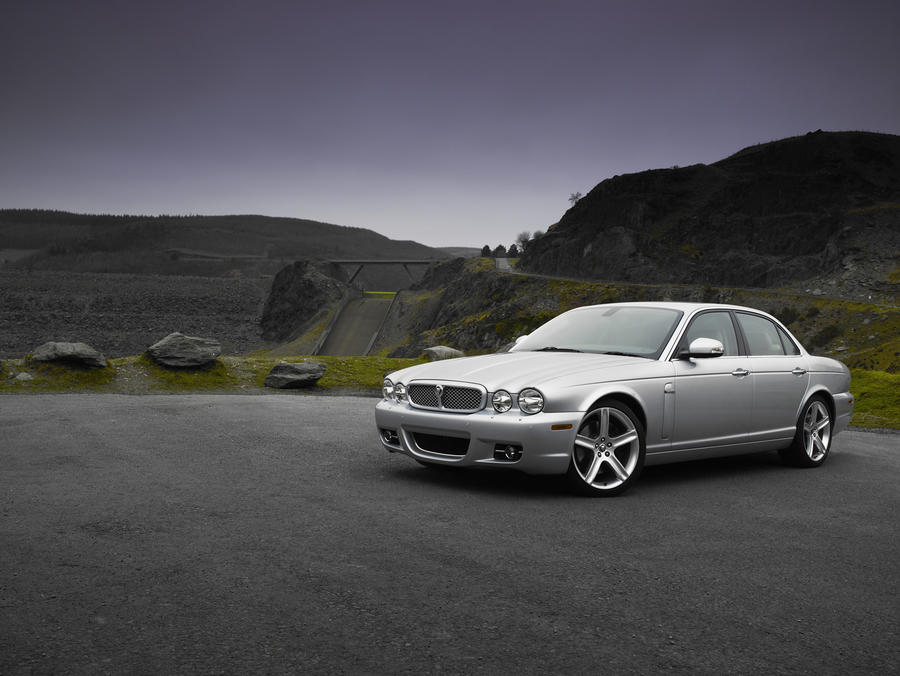

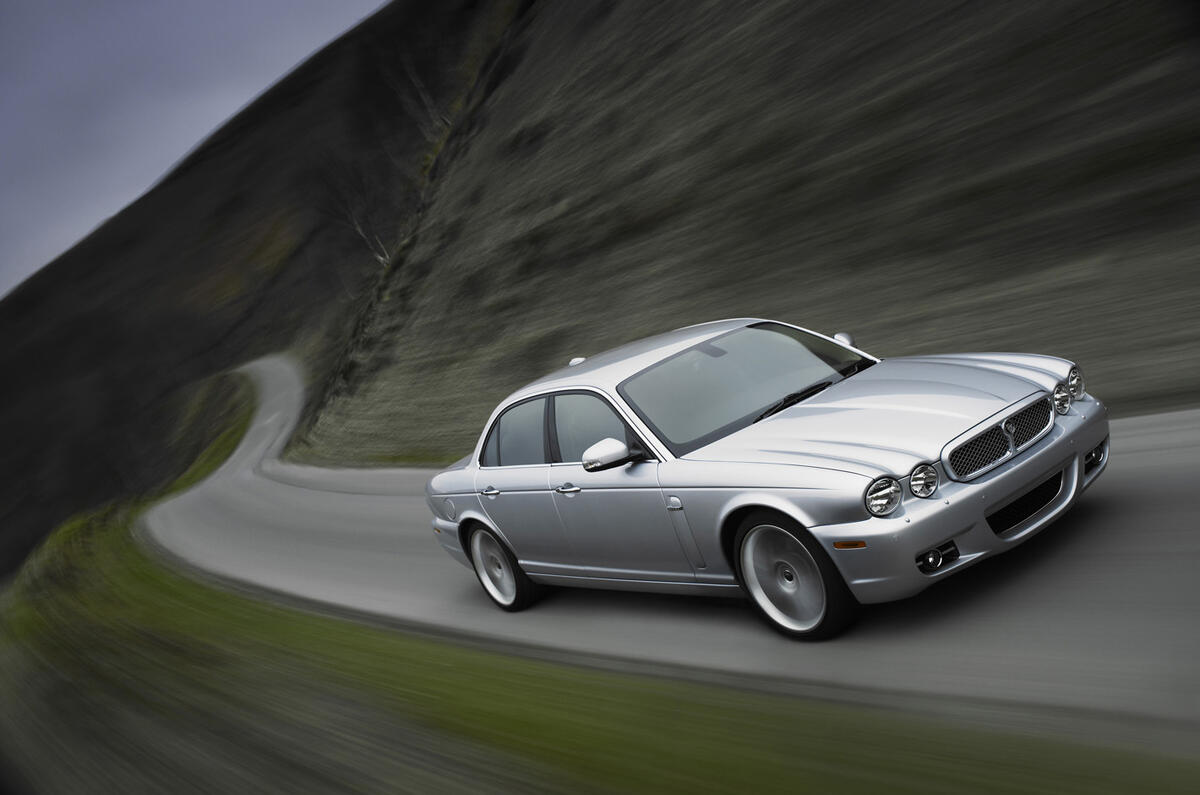
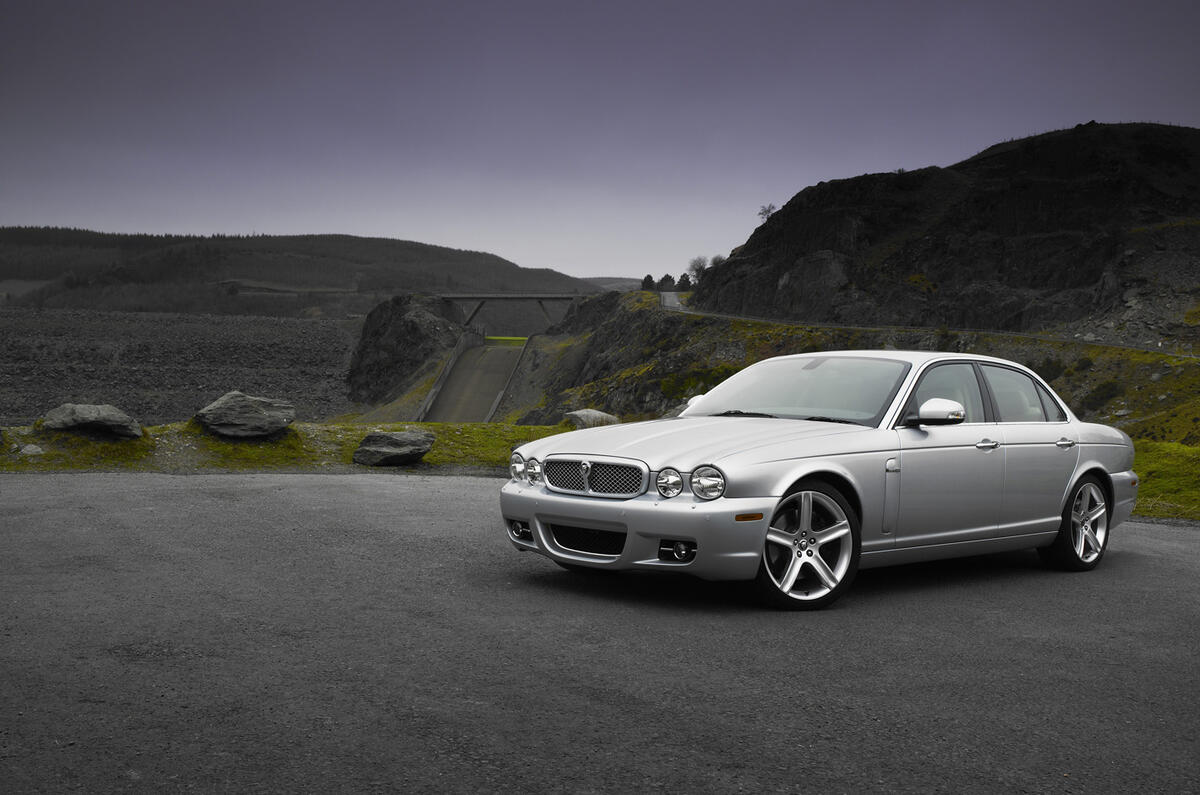

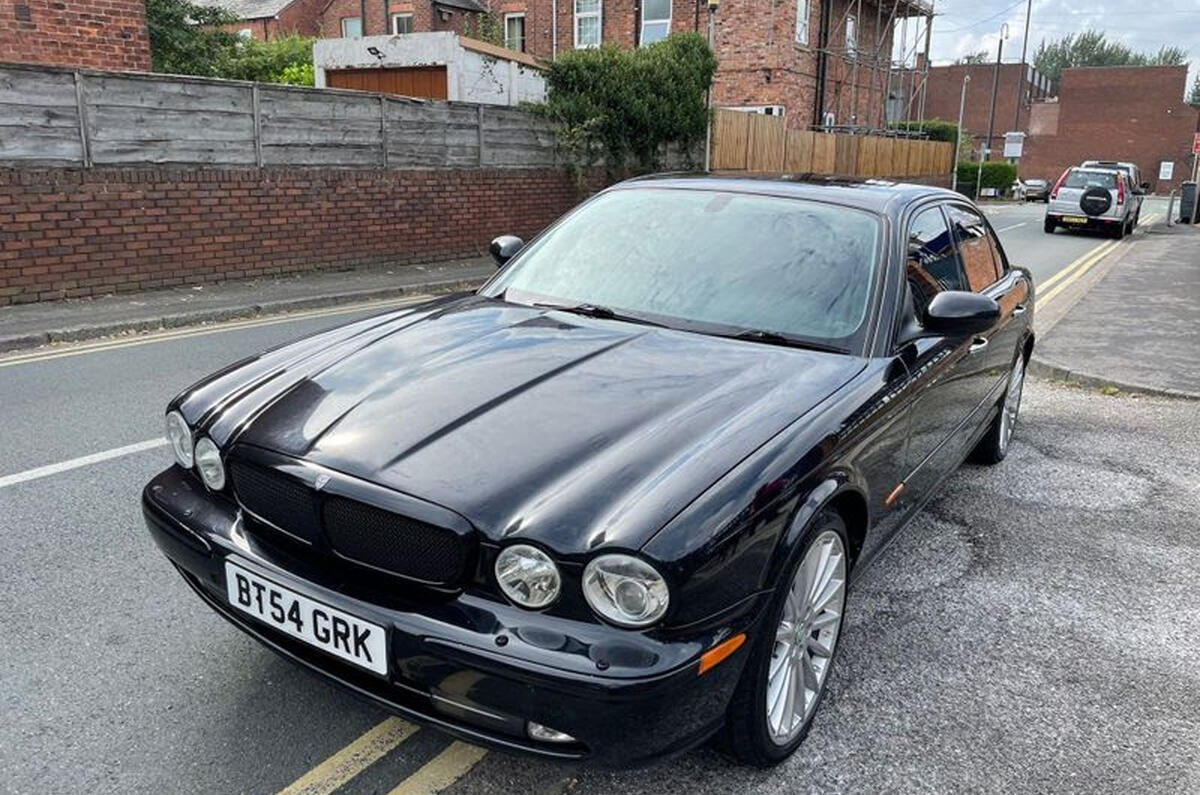
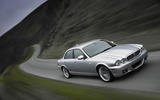




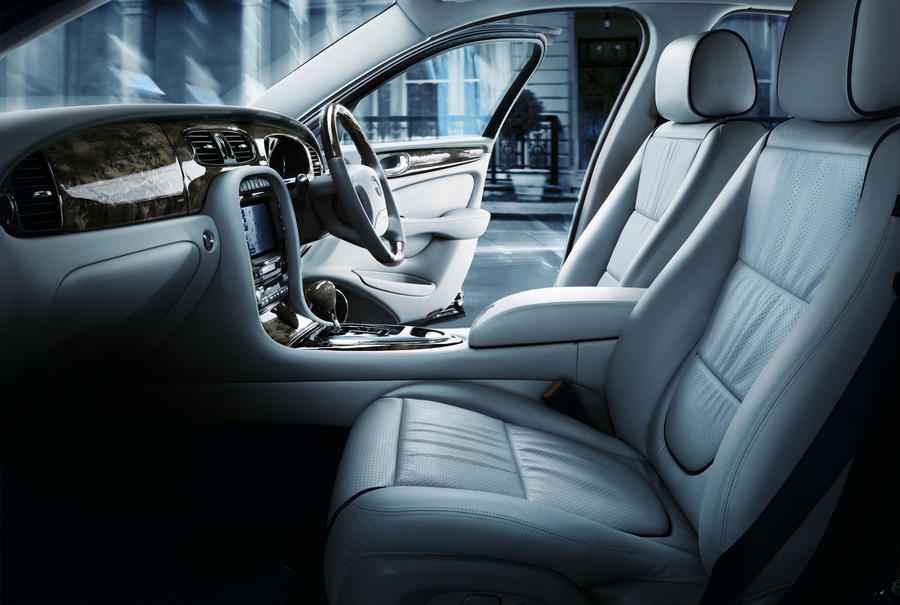



Join the debate
Add your comment
There is absolutely no way this was 50% stiffer than the X308. I had an X300 and was truly shocked when I went for a test drive in the X350. The chassis wobbled like a jelly every time it hit a bump. And if you hit a big pothole the wing mirrors would flap up and down as if the car was trying to take off!! It was comically bad. Jason Plato said exactly the same thing on 5th Gear. He said you could feel the front subframe moving about and concluded "it's just not sorted".
Couldn't agree more.
That's the episode were Plato made a dick of himself ny dressing up as an old codger for his test of the XJ. I have an X358 and it is a fantastic drive, the X308 wallows about in corners where the X358 remanins flat and composed, I suggest you drive one.
That's the episode were Plato made a dick of himself ny dressing up as an old codger for his test of the XJ. I have an X358 and it is a fantastic drive, the X308 wallows about in corners where the X358 remanins flat and composed, I suggest you drive one.